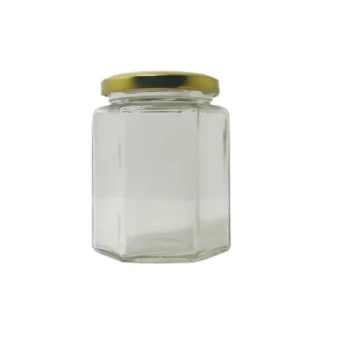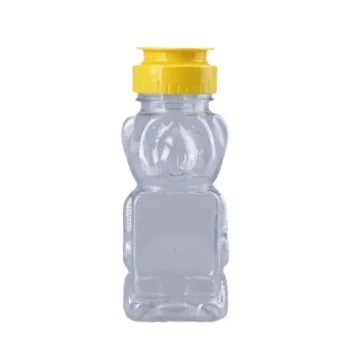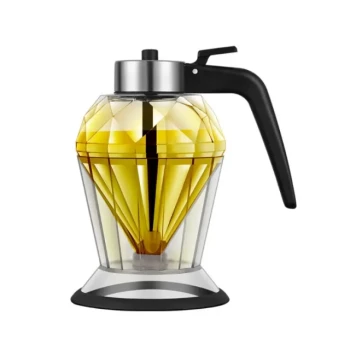The primary benefit of bottling honey is to prepare it for easy enjoyment, gifting, or sale. This final step transforms raw, extracted honey from the hive into a clean, storable, and shareable product, representing one of the most rewarding outcomes of beekeeping.
Bottling is not merely about storage; it is the process of finalizing your honey for consumption. The key decision lies in how much you filter beforehand, which determines the final clarity, texture, and composition of the product in the jar.
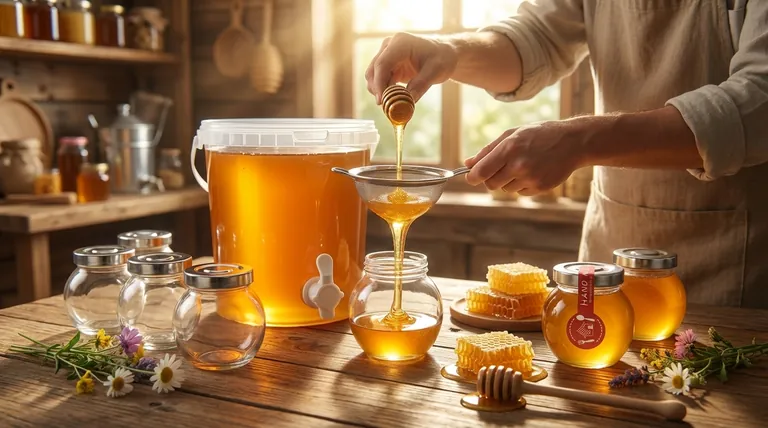
Why Bottling is the Crucial Final Step
After the hard work of raising bees and extracting honey, bottling is the process that delivers the finished product. It serves several distinct purposes that go beyond simple storage.
From Raw Harvest to Finished Product
Honey in an extraction bucket is a bulk commodity. Bottling it into jars turns it into a finished good, ready for the pantry, for a friend, or for a customer at a market.
This step allows for portioning the harvest into convenient, usable units. It’s the final stage that makes your hard work accessible.
Ensuring Purity and Appearance
A key part of the bottling process is filtering. This is done to create a visually clear product free of debris from the hive.
Filtering removes bits of beeswax, propolis, stray pollen clusters, and occasionally bee parts that can get mixed in during extraction. This ensures a pure consistency that many consumers and recipients expect.
Creating a Shelf-Stable and Protected Product
Properly sealed in a jar, honey is incredibly shelf-stable. Bottling protects it from absorbing ambient moisture from the air, which can lead to fermentation.
It also keeps the honey safe from dust, pests, and other household contaminants, preserving its quality for months or even years.
The Role of Filtering Before Bottling
While often done together, filtering is a distinct step from bottling. The degree to which you filter has a significant impact on the final product.
What Straining and Filtering Removes
The goal is to remove solid particles that are not honey. A simple nylon strainer or cheesecloth will remove larger pieces like wax cappings and bee parts.
More advanced, finer filters can remove smaller particles, including many of the suspended pollen grains, resulting in a perfectly clear liquid.
Common Filtering and Bottling Setups
For small-scale beekeepers, honey is often strained through a paint strainer, cheesecloth, or a dedicated two-stage honey sieve placed over a clean, food-grade bucket.
To make bottling easier, many use a "bottling bucket," which has a spigot or "honey gate" at the bottom. This allows for clean, controlled filling of jars without messy scooping.
Understanding the Trade-offs
The decision to filter, and how much to filter, is not universal. It involves balancing aesthetic goals with the desire for a more "raw" product.
To Filter or Not to Filter
Filtering honey is not a strict requirement. Many people prefer "unfiltered" honey, believing the included bits of pollen and propolis offer additional health benefits.
Straining to remove only the largest debris (like wax) is a common middle ground. This leaves the fine pollen particles suspended in the honey.
The Impact on Pollen Content
The main trade-off of fine filtering is the removal of pollen grains. While this creates a beautifully clear product, some consumers specifically seek out local honey for its pollen content.
If you intend to sell your honey as "raw and unfiltered," you should only perform a light straining to remove non-honey debris.
Making the Right Choice for Your Goal
Your bottling and filtering strategy should align with what you plan to do with your honey.
- If your primary focus is gifting or selling to a general audience: A light filtering for clarity is recommended, as it creates the clean, professional appearance most people expect.
- If your primary focus is personal use or selling as "raw honey": Use only a coarse strainer to remove large wax bits and debris, preserving the maximum amount of natural pollen.
- If your primary focus is efficiency with a large harvest: Invest in an integrated honey sieve and bottling tank to streamline the filtering and jarring process in one step.
Ultimately, bottling is your final signature on the honey your bees have worked so hard to produce.
Summary Table:
| Benefit | Key Takeaway |
|---|---|
| Final Product Creation | Transforms bulk honey into a finished, ready-to-use good for pantry, gift, or sale. |
| Purity & Appearance | Filtering removes wax, propolis, and debris for a clean, visually appealing product. |
| Shelf Stability | Proper sealing protects honey from moisture, pests, and contaminants for long-term storage. |
| Strategic Choice | Level of filtering (from light to fine) impacts clarity and pollen content, aligning with your goals (e.g., raw vs. commercial). |
Ready to streamline your honey harvest?
As a commercial beekeeper or distributor, efficiency and quality are paramount. HONESTBEE supplies the durable, high-volume beekeeping supplies and equipment you need—from commercial-grade extractors and bottling tanks with honey gates to advanced filtering systems—to maximize your yield and present a superior product.
Contact our wholesale experts today to discuss your operation's specific needs and discover how our equipment can enhance your productivity and profitability.
Visual Guide
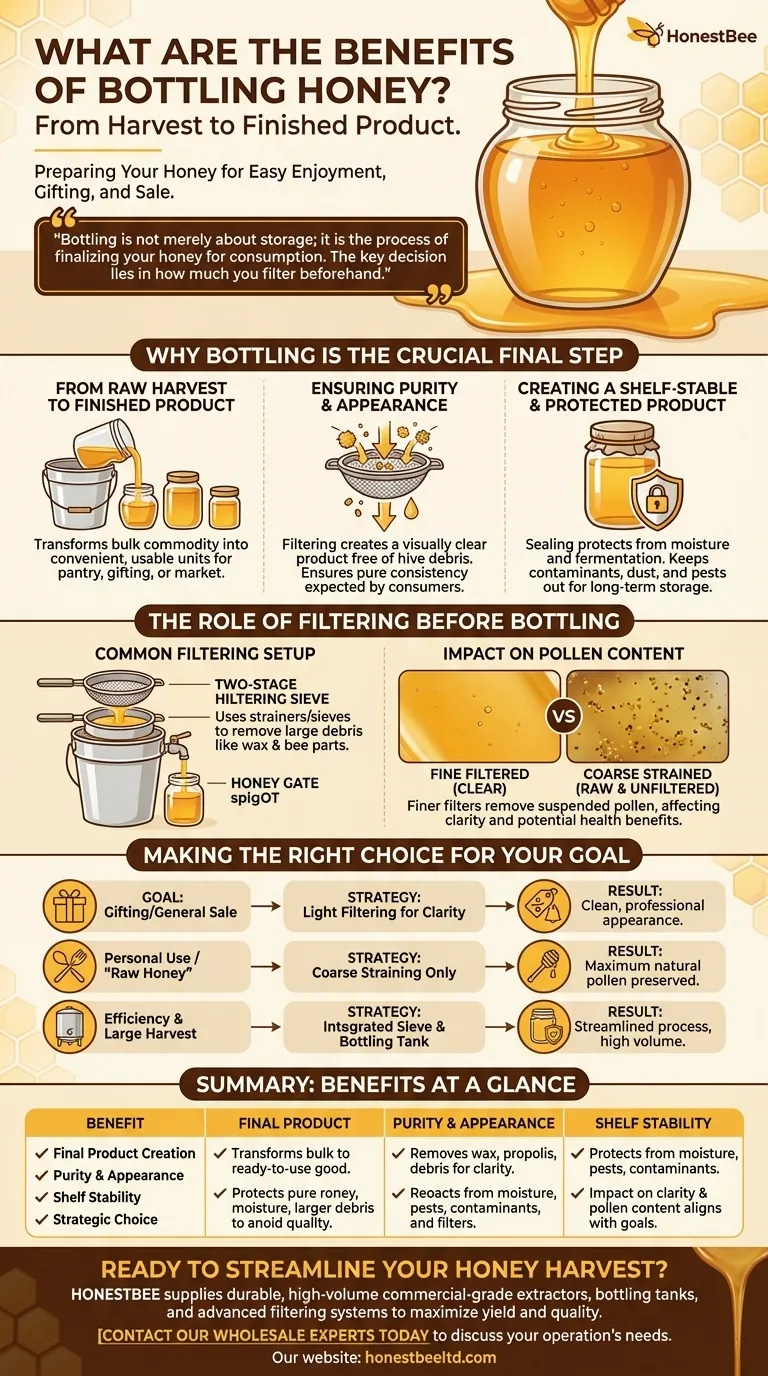
Related Products
- Classic Drum Shaped Glass Honey Jar with Airtight Lid
- Hexagonal Glass Honey Jars with Metal Lug Caps Elegant Versatile Packaging
- Classic Honey Bear Jars with Flip Top Dispensing Cap for Liquid Sweeteners
- Inverted Squeezable Honey Jar with No Drip Flip Top Cap for Easy Pouring
- Pneumatic Double Nozzle Honey Filling Bottling Packaging Machine
People Also Ask
- What is the best way to jar honey? Preserve Quality with the Right Container
- What are the common types of honey packaging? A Guide to Glass, Plastic, Pouches & Tins
- What makes raw honey more aesthetically appealing than processed honey? Discover the Beauty of Authenticity
- What is done with the honey after extraction and filtering? From Purification to Perfect Packaging
- Why is honey packaging important? Protect Quality, Build Your Brand & Boost Sales

